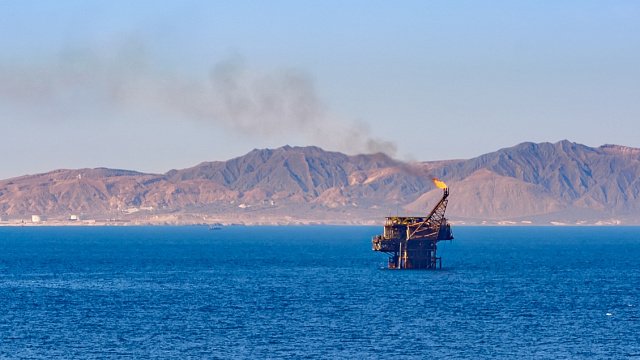10.07.25
19:00
Iranian study reveals hidden complexities in Persian Gulf oil reservoirs
The researchers employed advanced acoustic waves
Geologists at the University of Tehran have used innovative subsurface imaging methods to uncover previously unknown variations within oil and gas reservoirs beneath the Persian Gulf. This is reported by
Mehr News Agency, a partner of TV BRICS.
The researchers, focusing on carbonate rocks from the Permian to Triassic periods, employed technologies such as electrical resistivity imaging, CT scanning, and acoustic wave measurements to analyse the internal structure of these formations.
The study revealed that reservoirs once believed to be uniform actually contain significant differences in porosity and permeability, which affect their ability to store and transmit fluids. High-resolution resistivity imaging, capturing data every two millimetres, exposed fractures and subtle structural features that influence fluid movement. Acoustic testing further helped distinguish between rock types with connected or isolated pore spaces.
Researchers classified the rocks into two types: grain-supported with connected pores and high permeability, and mud-supported with isolated, low-permeability pores. The presence and connectivity of empty spaces were strongly linked to the rocks’ ability to store oil and gas, and were more common in coarser-grained formations.
The investigation also concluded that the integration of high-tech subsurface methods can provide oil and gas companies with more accurate information for targeted, cost-effective drilling.
Photo:
iStock
Back


